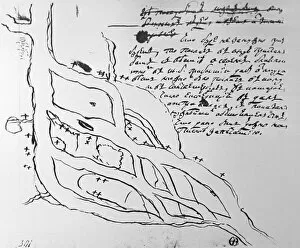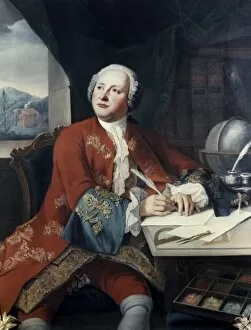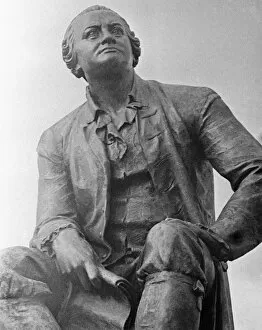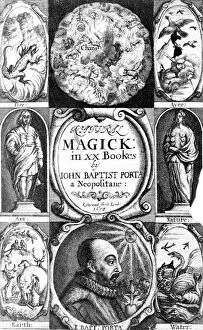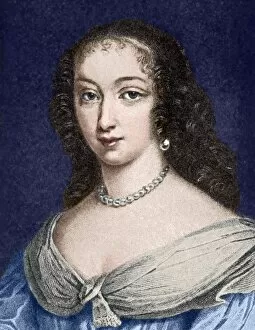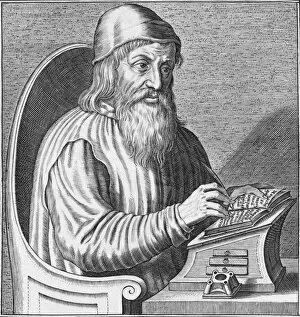Polymath Collection (#6)
"Unveiling the Minds of Polymaths: A Glimpse into the Renaissance of Knowledge" In Rembrandt's masterpiece, "Aristotle with a Bust of Homer
For sale as Licensed Images
Choose your image, Select your licence and Download the media
"Unveiling the Minds of Polymaths: A Glimpse into the Renaissance of Knowledge" In Rembrandt's masterpiece, "Aristotle with a Bust of Homer, " we witness the embodiment of a polymath. Aristotle, renowned philosopher and scientist, pays homage to Homer, the legendary poet. This painting captures the essence of intellectual versatility that defines a true polymath. Leonardo da Vinci, an epitome of brilliance during the Italian Renaissance, exemplifies this concept. From his iconic artwork like "La Belle Ferronnière" to his scientific inquiries into anatomy and engineering marvels like flying machines, Leonardo's multifaceted genius transcends boundaries. The Reverend William Whewell portrays another facet of polymathy in his portrait. As a theologian, scientist, and philosopher known for coining terms such as "scientist" itself, he symbolizes how diverse fields can intertwine harmoniously within one individual. Continuing our exploration into Leonardo's repertoire reveals "Virgin of T. " Herein lies evidence that even religious devotion did not hinder his pursuit of knowledge across various domains – from art to science – proving that true they are driven by insatiable curiosity. Lord Howard de Walden dons fencing attire in W. Howard Robinson's illustration while declaring himself as someone who fights for what he believes in. This portrayal highlights how physical prowess complements intellectual acumen in those who embody multiple talents. C. P Snow further substantiates this notion through his achievements as a physicist and novelist while serving as a civil servant. His ability to navigate different realms showcases how polymaths contribute uniquely to society through their versatile skill sets. Delving deeper into Leonardo's anatomical drawings reveals "The Muscles. " These meticulous studies demonstrate how understanding human physiology was just one aspect among countless others that fascinated him—a testament to his boundless intellect. Studying St. John the Baptist by Leonardo unravels yet another layer of his polymathic nature.

